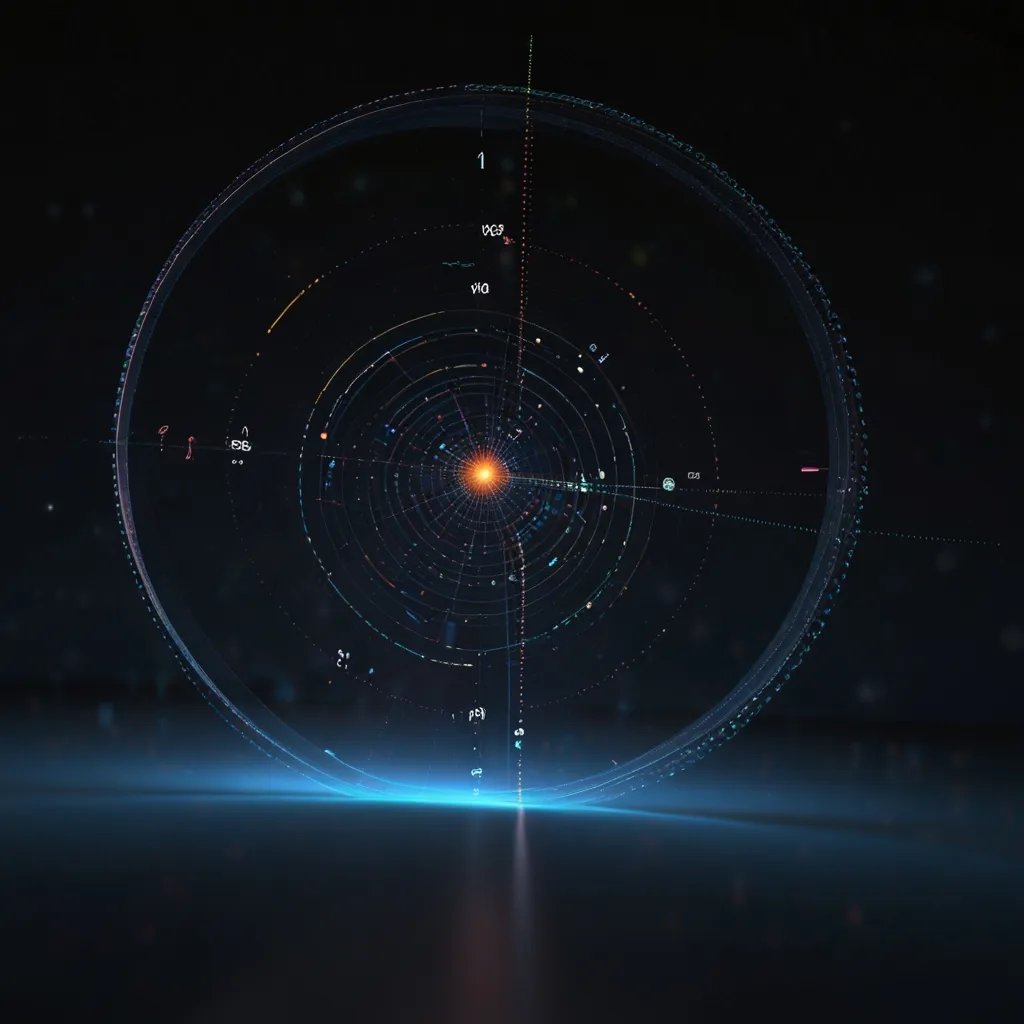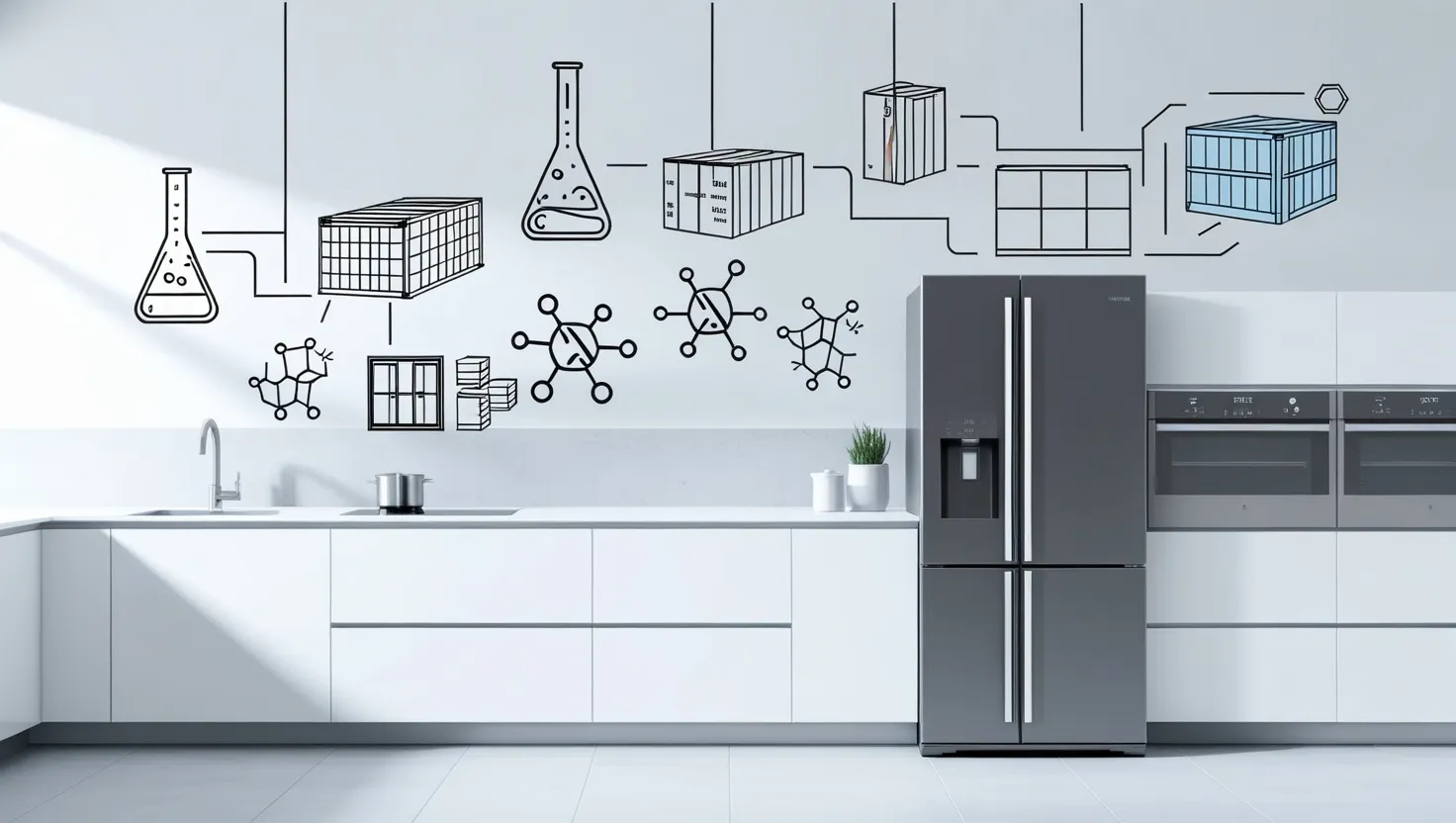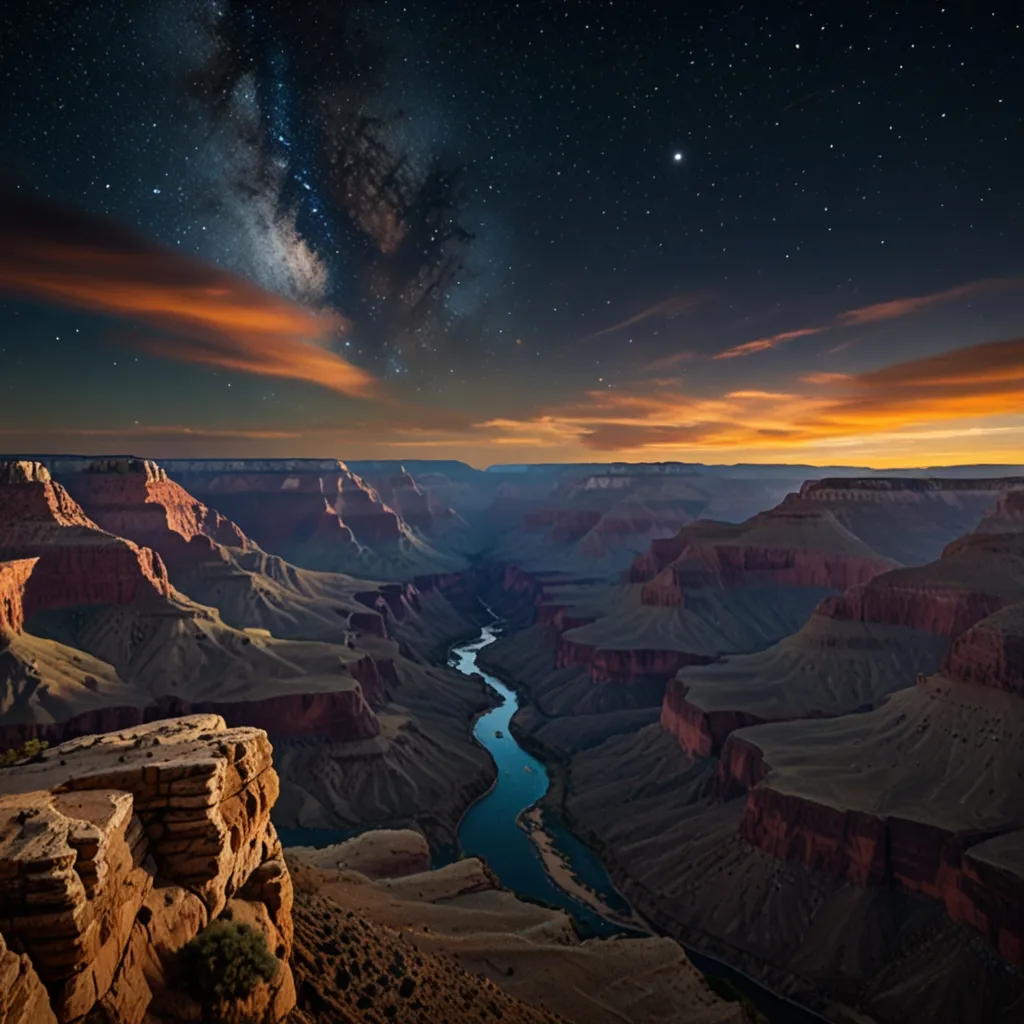If you wanted to meet a friend at a specific location on Earth, you’d need to provide precise longitude, latitude, and altitude. But showing up at that spot doesn’t guarantee you’ll meet your friend. Why? Because you need one more crucial piece of information: the time. Your friend needs to know the exact time to be there.
We live in a universe with four dimensions: three spatial dimensions and one time dimension. With these four coordinates, you could meet anywhere in the universe. But how did time become a dimension? Unlike spatial dimensions, which are measured in meters or inches, time is measured in minutes and seconds. Yet, it is as fundamental as space and inseparable from it. This union of space and time is what we call “spacetime.”
In the late 1800s, scientists noticed inconsistencies between Newton’s laws of motion and Maxwell’s equations for electricity and magnetism, mainly regarding the speed of light. Newton’s laws suggested a moving observer would measure a different light speed than a stationary one. However, Maxwell’s equations indicated that light always travels at the same speed, denoted as ‘c,’ which is approximately 300,000 kilometers per second.
In 1887, Michelson and Morley conducted an experiment to measure the speed of light in the direction of the Earth’s motion. They expected light speed to be c plus Earth’s speed but found that the speed of light remained constant regardless of Earth’s motion. This baffled scientists until Albert Einstein proposed a radical idea. He suggested modifying Newton’s laws instead of Maxwell’s equations. Einstein’s theory concluded that the speed of light is constant in every reference frame, leading to the realization that measurements of space and time are relative.
Einstein’s ideas introduced the concept of spacetime geometry. His former professor, Hermann Minkowski, further refined this by describing relativity as a geometrical relationship between space and time. He famously said that space and time should be viewed together as “spacetime.”
To visualize these four dimensions, we often simplify it to three: two spatial dimensions and one time dimension, depicted in a 3D graph called a spacetime diagram. On this graph, time is multiplied by the speed of light to match the units of space, labeling the vertical axis as ct (where c is the speed of light).
In these diagrams, a stationary particle is a vertical line, while a moving point is diagonal. Einstein’s theory also means that the speed of light remains constant, while different observers might perceive time and space differently, thus experiencing different ‘world lines’ and ‘light cones.’
Consider two observers: Observer A, who is stationary, and Observer B, who is moving. If Observer A sees two detectors measuring light at different times, Observer B might see them simultaneously depending on their respective motions. This discrepancy highlights that simultaneity is relative – there’s no absolute simultaneity in the universe, but physics laws and light speed remain constant.
This understanding of relativity and spacetime geometry provides a profound insight into how our universe operates. Future explorations may reveal even more about extreme conditions such as black holes, wormholes, and potential time travel.






